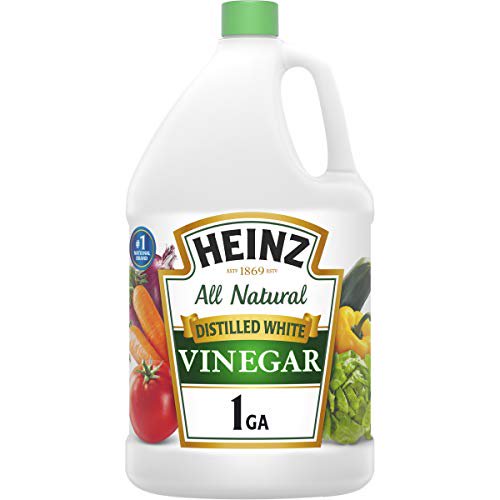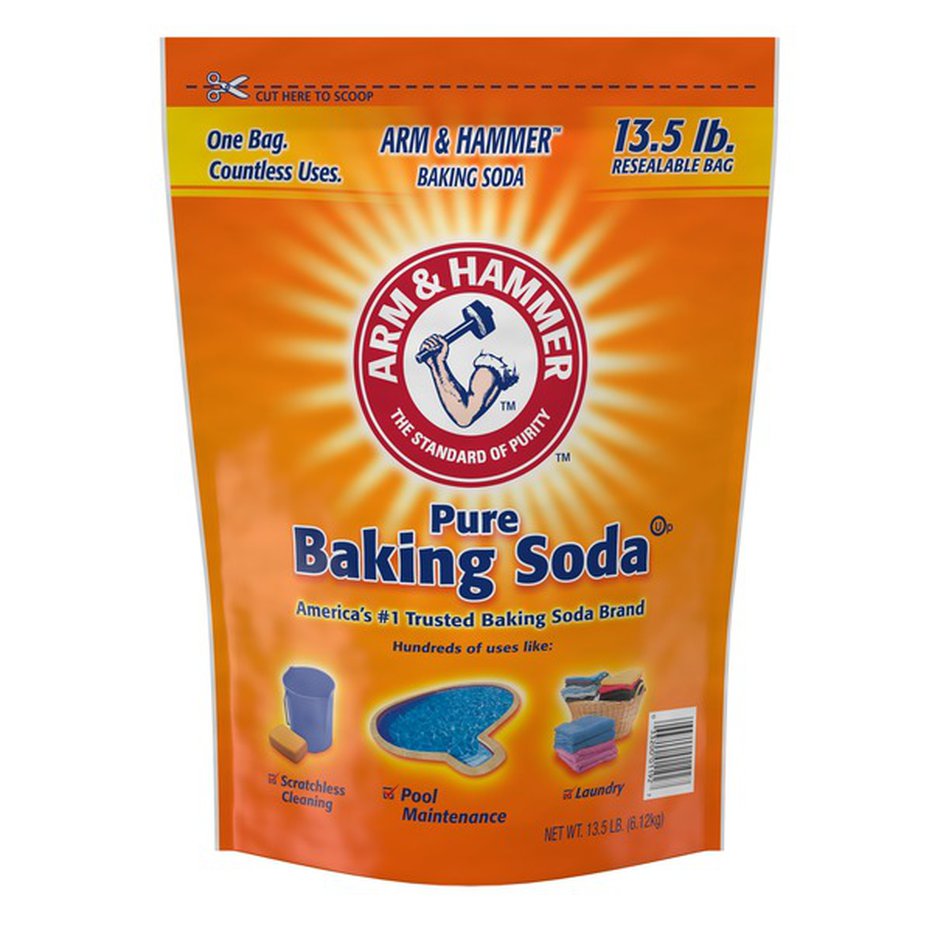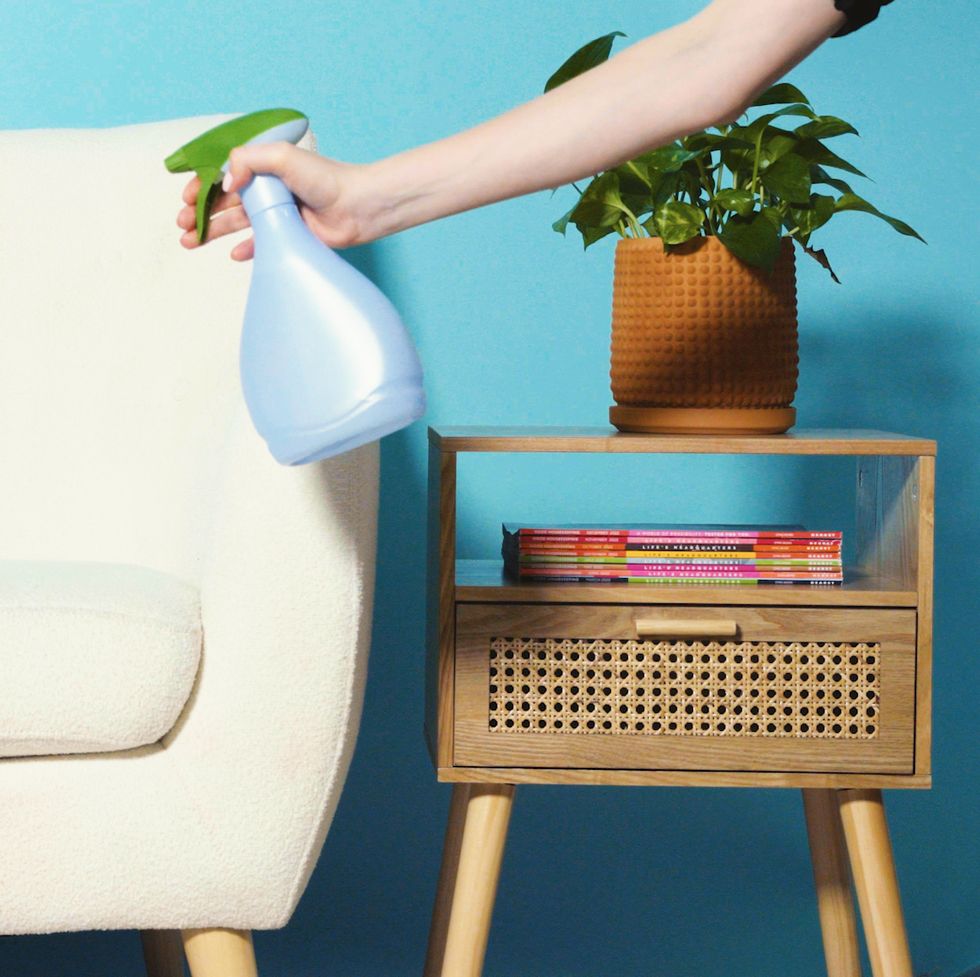1. Introduction.
Keeping your home clean is essential to maintaining a healthy living environment. However, the use of chemical cleaning agents can have a harmful effect on health and the environment. Now that’s where natural cleaners come in. Natural cleaners are natural cleaners such as vinegar, baking soda, and essential oils. These products are biodegradable and contain no harmful chemicals, making them safer, cheaper, and more environmentally friendly.
2. But why are natural cleaning products effective? Let’s take a closer look:
2.1. They are gentle but powerful.
Natural cleansers may be mild, but they are powerful enough to do the job. For example, vinegar and baking soda effectively remove stains and odors, while essential oils have antimicrobial properties that can kill bacteria and viruses.
2.1.1. Baking soda and vinegar
- Stain removal
Vinegar is acidic, which means it can dissolve and remove stains caused by alkaline substances. For example, if your carpet or clothes have coffee stains caused by the alkaline properties of coffee, vinegar can dissolve the stain. Mix one vinegar with two parts of water and apply the solution to the stain. Leave the solution for a few minutes and wipe the stain with a clean cloth.

On the other hand, the alkaline properties of baking soda can help break down proteins that are common components of stains, such as blood or sweat. This can make it easier to remove these types of stains from the fabric. Many stains are also acidic, such as fruit juice or wine stains. The alkaline nature of baking can neutralize these acids, making them easier to remove. And it is a mild abrasive that can be used to remove stains. It works by removing dirt and grime from surfaces, making it easy to wipe off.
- Odor removal.
Vinegar and baking soda are two natural cleaners that effectively remove odors. Each works differently to neutralize and eliminate unwanted odors.
Vinegar is an acid that can break down and neutralize odor-causing molecules. For example, vinegar can remove odors if there is a musty smell in the basement or bathroom. Mix equal parts of water and vinegar in a spray bottle, then spray the solution onto the affected area. Leave the solution for a few minutes and wipe the area with a clean cloth.
Baking soda, on the other hand, is a natural deodorant. It works by absorbing and neutralizing odors rather than simply masking them. For example, if your refrigerator has a lingering odor, you can place an open box of baking soda in the refrigerator to absorb the odor. Baking soda can also be sprinkled on carpets, furniture, and other surfaces to absorb and eliminate odors.

2.1.2. Essential oils
- Antimicrobial properties
Some essential oils, such as tea tree oil, eucalyptus oil, and lavender oil, have antimicrobial properties that can kill bacteria and viruses. According to Bakkali et al. (2008), essential oils derived from plant sources possess a wide range of antimicrobial properties and offer a promising alternative to traditional antimicrobial agents (p. 308). The exact mechanism by which essential oils kill bacteria and viruses is not fully understood, but it is believed to be related to the chemical composition of the oils. Essential oils contain compounds called terpenes, which have antimicrobial properties. When essential oils are used to kill bacteria and viruses, the terpenes in oils penetrate the microbial cell walls, break their membranes, and cause death. In addition, some essential oils have been shown to inhibit enzymes and proteins essential for the survival and reproduction of bacteria and viruses. For example,
- Tea tree oil is effective against various bacteria, including E. coli and Staphylococcus aureus, as well as some viruses, such as the flu (Carson et al., 2006).
- Eucalyptus oil has also shown antimicrobial properties. It has demonstrated antibacterial activity against various strains of bacteria (Kalemba & Kunicka, 2003).
- Lavender oil has been shown to be effective against many bacteria, including antibiotic-resistant bacteria.
- oregano and thyme essential oils have also been found to exhibit antifungal properties (Dorman & Deans, 2000).
It is important to note that essential oils should be used cautiously as they can be harmful if consumed or applied undiluted to the skin. Essential oils should always be diluted with a carrier oil before applying to the skin and used sparingly. All in all, essential oils are a natural and effective way to kill bacteria and viruses. They are a safe and environmentally friendly alternative to traditional disinfectants, often containing harsh chemicals.
2.2. They are safer for health.
Common cleaning products can contain many types of chemicals that can harm human health, especially if inhaled. On the other hand, natural cleaning products are safe and non-toxic and will not harm you or your family. Some of the most common chemicals found in these products are:
- Ammonia: A powerful cleaning agent found in many windows and bathrooms, ammonia can irritate the eyes, skin, and respiratory system, and reproductive disorders. It can also be toxic if swallowed (Moyano et al., 2017).
- Bleach: A powerful disinfectant found in many cleaning products, bleach can irritate the skin, eyes, and respiratory system, and has the potential to generate toxic gases when mixed with other chemicals (Wiglusz et al., 2019).
- Phthalates: Commonly found in scented cleaning products, these chemicals have been linked to hormone disruption, birth defects, and reproductive problems.
- Sodium Lauryl Sulfate (SLS): A foaming agent found in many household cleaners, SLS can cause skin irritation and has been linked to eye damage and developmental toxicity.
- Triclosan: An antibacterial agent found in many soaps and cleaning products, triclosan has been linked to hormone disruption and bacterial resistance.
These are just a few examples of the many chemicals found in traditional cleaning products. To avoid potential health risks, it is important to read product labels and be careful when using these products. Switching to natural cleaners like vinegar, baking soda, and essential oils can be a safer and more environmentally friendly option. You will learn how.
2.3. They are better for the environment.
Chemical cleaners can harm the environment by releasing toxins into the air and water. Some of the common toxins found in these products include:
- Volatile Organic Compounds (VOCs): These chemicals are released into the air as gases and can contribute to air pollution and climate change. Some examples of VOCs found in cleaning products include formaldehyde, benzene, and toluene.
- Phosphates: These chemicals are commonly found in laundry detergents and can cause algae blooms in bodies of water, causing oxygen loss and harming aquatic life.
- Chlorine: A powerful disinfectant found in many cleaning products. Chlorine can react with organic matter in water to form harmful byproducts such as chloroform and trihalomethanes.
- Perchloroethylene (PERC): A solvent commonly found in dry cleaning products, PERC is a toxic chemical that can contaminate soil and groundwater.
- Ammonia: Although ammonia is a standard cleaning agent, it can be toxic to aquatic life, contribute to the eutrophication of water bodies, and damage marine ecosystems. Eutrophication is the process through which a body of water, such as a lake or river, becomes nutrient-rich, particularly nitrogen and phosphorus. This nutrient increase causes an overabundance of algae and other aquatic plants, which can cause the water’s oxygen levels to drop.
These toxins can negatively impact the environment, including air and water pollution, damage to wildlife and ecosystems, and even climate change. Natural cleaning products such as vinegar, baking soda, and essential oils can help reduce our environmental impact and promote a healthier planet for future generations.
2.4. They are versatile.
Natural cleaners clean various surfaces, from floors and countertops to windows and mirrors. Plus, you can mix and match different ingredients to create your own cleaning solution for different cleaning needs. Here are some examples of ingredients that can be mixed to create effective cleaning solutions:
- Vinegar and water: This mixture is an effective all-purpose cleaner that can be used on various surfaces, including countertops, floors, and windows.
- Baking soda and water: This mixture is great for cleaning and deodorizing sinks, bathtubs, and toilets.
- Lemon juice and olive oil: This mixture can be used to polish wooden furniture.
- Essential oils and water: Essential oils such as tea tree or lavender can be added to water to create a natural disinfectant spray.
It is important to note that although natural ingredients are generally safer than chemical cleaners, it is still important to take care when mixing and using them. Always test on a small area first and avoid using ingredients that may cause an allergic reaction.
2.5. Natural cleaning products are cheaper.
Natural cleaning products are cheaper than conventional cleaning products. For example, a bottle of all-purpose cleaner can cost between $3 and $20, depending on the brand. However, I GA of vinegar costs between t $1 and $15 and you can find baking soda that costs less than $1 per carton. Using natural cleaning products can save you a lot of money over time.
3. Conclusion.
Now that you know why natural cleaners are effective, it’s time to consider switching. Not only are you doing your part for the environment, but you are also creating a healthier living environment for yourself and your family. So, the next time you need to clean your home, skip the chemical products and try natural products. Your health and the environment will thank you for it!
4. Reference:
Carson, C. F., Hammer, K. A., & Riley, T. V. (2006). The dynamics of antimicrobial activity of tea tree oil against bacteria and fungi. Critical Reviews in Microbiology, 32(2), 73-90.
Dorman, H. J., & Deans, S. G. (2000). Antimicrobial agents from plants: Antibacterial activity of plant volatile oils. Journal of Applied Microbiology, 88(2), 308-316.
Kalemba, D., & Kunicka, A. (2003). Antibacterial and antifungal properties of essential oils. Current Medicinal Chemistry, 10(10), 813-829.
Moyano, E., Roca, E., & Sieliechi, J. M. (2017). Health issues and environmental impact of cleaning agents. Journal of Chemical Health and Safety, 24(6), 26-32.
Wiglusz, R. J., Schulz, J. T., McMillan, G. K., & Dabney, R. W. (2019). Bleach toxicity. StatPearls Publishing.




